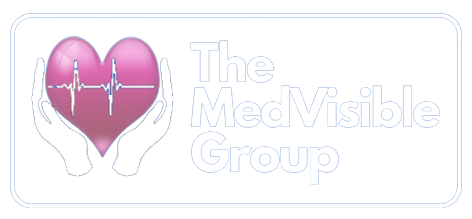Optimizing Revenue Cycle Management with Data Analytics
April 4, 2023
Revenue cycle management is the backbone of any organization, and its effective management is critical for business success. The revenue cycle is a complex process that involves various steps, from patient registration to claim submission and reimbursement. Understanding the revenue cycle is essential for improving financial performance, optimizing workflows, and reducing costs. Data analytics is a powerful tool that can help organizations gain insights into their revenue cycle management and make informed decisions.
In this blog post, we will discuss how data analytics can help you get a better understanding of your organization's revenue cycle management and optimize your revenue cycle process.
1. Identify Revenue Trends
Data analytics tools can help organizations identify revenue trends by analyzing billing and payment data. By identifying trends in revenue, organizations can identify potential problems, such as payment delays or underpayment, and take corrective action. Analyzing revenue trends over time can help organizations forecast revenue and plan accordingly.
2. Identify Bottlenecks in Revenue Cycle Process
Data analytics can help organizations identify bottlenecks in their revenue cycle process. By analyzing the revenue cycle process, organizations can identify areas where there are delays or inefficiencies. Once bottlenecks are identified, organizations can take steps to address them, such as streamlining workflows, improving communication, or investing in new technology.
3. Monitor Key Performance Indicators (KPIs)
Data analytics can help organizations monitor key performance indicators (KPIs) related to their revenue cycle process. KPIs such as Days in Accounts Receivable (DAR), Denial Rate, and Net Collection Rate can help organizations understand their revenue cycle performance and identify areas for improvement. By monitoring KPIs regularly, organizations can take corrective action quickly and optimize their revenue cycle process.
4. Improve Billing and Coding Accuracy
Data analytics can help organizations improve billing and coding accuracy by identifying errors and inconsistencies in billing data. By improving billing and coding accuracy, organizations can reduce the risk of claim denials and payment delays. This can result in improved cash flow and revenue cycle performance.
5. Identify Revenue Leakage
Data analytics can help organizations identify revenue leakage, which refers to revenue that is lost due to billing errors, coding errors, or other factors. By identifying revenue leakage, organizations can take corrective action to improve revenue cycle performance and optimize revenue.
In conclusion, data analytics is a powerful tool that can help organizations gain insights into their revenue cycle management and make informed decisions. By identifying revenue trends, bottlenecks, and KPIs, organizations can optimize their revenue cycle process and improve financial performance. By improving billing and coding accuracy and identifying revenue leakage, organizations can reduce the risk of claim denials and payment delays. Therefore, if you want to improve your organization's revenue cycle management, consider leveraging data analytics to gain valuable insights and make informed decisions.
